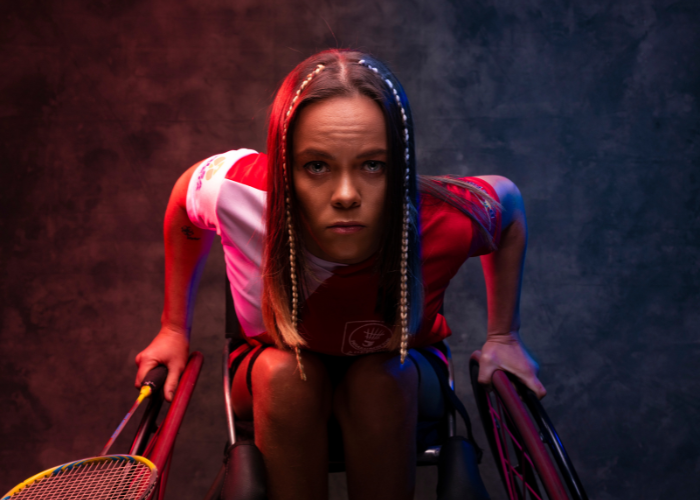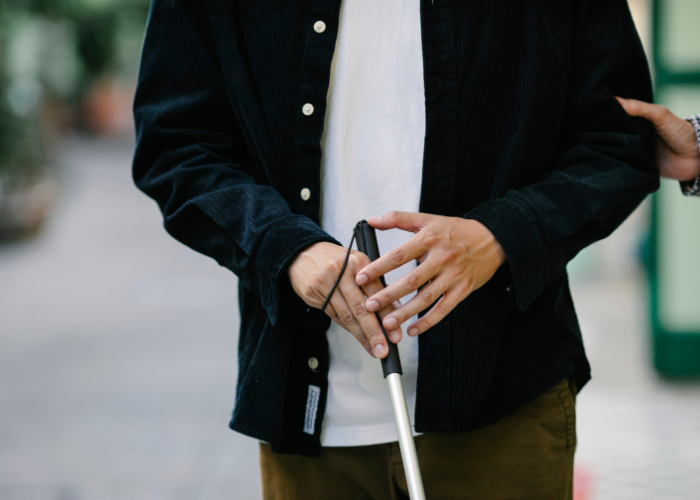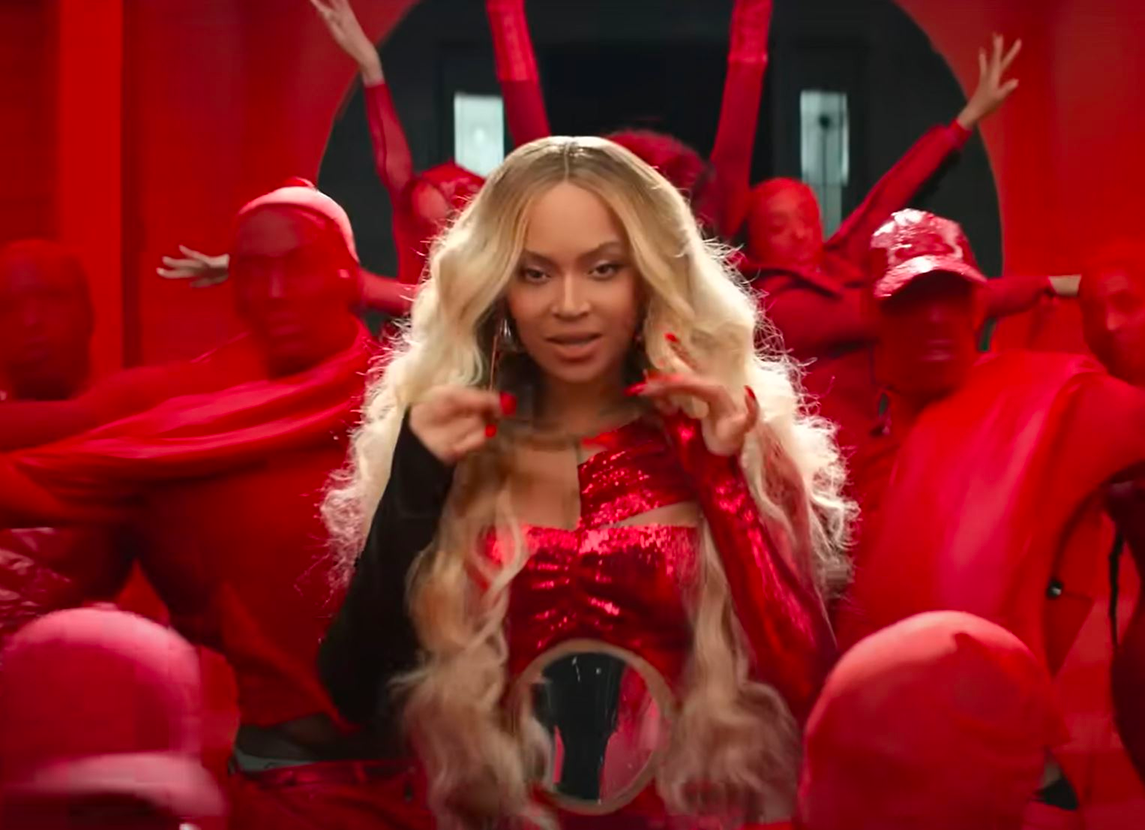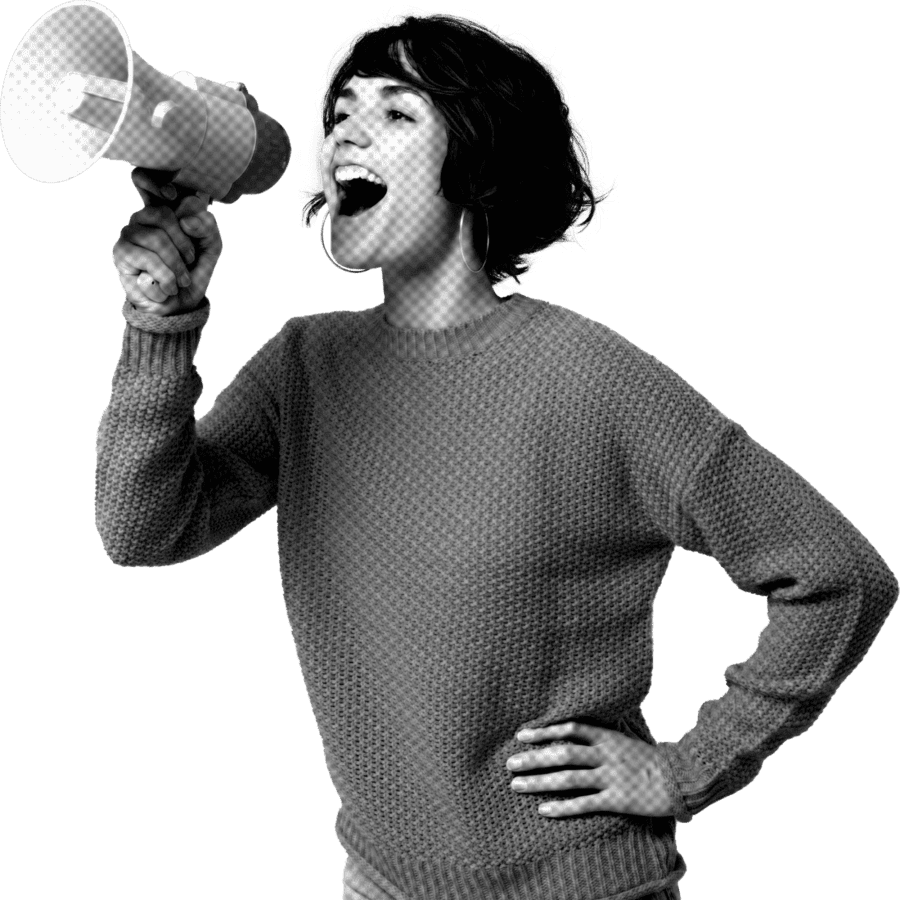In the world of advertising, diversity and inclusivity are key components to creating effective and impactful campaigns. However, despite the progress that has been made in recent years, there is still unfinished business when it comes to disability representation in advertising.
Around 20% of the population is disabled, but only 0.06% of adverts showcase disability.
In this blog, we will uncover the reality behind the progress, explore the challenges faced and celebrate the milestones! So, let’s get started.
What Do We Mean by ‘Disability Representation in Advertising?’
Disability representation in advertising refers to the inclusion and portrayal of individuals with disabilities in marketing campaigns. It is about showcasing diversity and breaking down stereotypes by featuring people with disabilities in an authentic way. By incorporating disability representation in advertising, brands can promote inclusivity, challenge societal norms, and create a more inclusive and accepting society.
Celebrating Milestones in Authentic Disability Representation in Advertising
The journey towards authentic disability representation in advertising has seen remarkable progress, marking significant milestones that reflect a growing commitment to inclusivity and diversity within the industry. From the sparse and often stereotypical portrayals of the past, we have moved towards a more nuanced and authentic representation of individuals with disabilities. This evolution is a testament to the collaborative efforts of advocacy groups, forward-thinking brands, agencies like Purple Goat, and creative minds who have pushed for a more accurate depiction of the disabled community’s varied and rich experiences.
In recent years, we’ve witnessed a shift towards storytelling that celebrates the abilities, talents, and individuality of people with disabilities, rather than focusing on the same old, same old, sad narratives. Advertisements now more frequently feature disabled individuals in roles that transcend their disability, highlighting their contributions, aspirations, and successes across various aspects of life, from fashion and beauty to sports and technology. This positive change has not only increased visibility but also fostered a deeper understanding and appreciation of the diversity within the disability community itself.
The introduction of adaptive products and technologies has been prominently featured in campaigns, showcasing innovation and progress in making everyday life more accessible. Brands have begun to understand the importance of consulting with disabled individuals during the creative process, ensuring that their representations are not only authentic but also resonate with the experiences of those they aim to depict.
These milestones are significant not only for their impact on the advertising world but also for their contribution to broader societal changes. They reflect a growing recognition of the value and importance of diversity in media, contributing to a more inclusive and accepting society.
The Reality Behind the Progress – An Ongoing Journey
While there has been progress in the representation of disability in advertising, it is important to acknowledge that it is still an ongoing journey. Despite the positive improvements, there is still a long way to go regarding equal and accurate representation. In 2012, the London Paralympics was a huge turning point in terms of authentic disability representation, with 70% of people stating they believed ‘the London 2012 Games had a positive impact on attitudes towards disabled people.’

Shuffle forward a few years, and research by Neilsen found that disability inclusion in video content was at its highest in 2019, which marks a milestone, but even then, according to the Geena Davis Institute, while 19% of people live with a disability globally, only 2% of people in 2019 advertisements had a disability.
Last year, the 2023 DEI census found that in 2021, the inclusion index measured 64%, and in 2023, the result was 63%. This shows that there has been little progress towards a more diverse and inclusive industry in the past two years, suggesting that progress has slowed after an initial leap forward in 2012. Therefore, the journey is ongoing, and there’s still a lot of work to do to ensure everyone is included and represented.
The Challenges of Authentic Disability Representation in Advertising
One of the challenges of authentic disability representation in advertising is the lack of understanding and awareness among brands and advertisers. Many still struggle to portray individuals with disabilities accurately and may unintentionally perpetuate stereotypes. Also, there is a need for more diverse representation within the disability community itself, as different disabilities and experiences are often overlooked or underrepresented.
For example, how many adverts have you seen that use a person in a wheelchair to represent disability? Now, think about how many adverts you have seen with a person who is blind or someone with a hidden disability.

Often, the use of wheelchairs dominates the world of advertising as a quick and easy way for brands to show that they are diverse and inclusive. However, this can lead to those living with a disability feeling unseen and misrepresented, as less than 8% of disabled people are wheelchair users.
So, let’s take a quick look at the future of disability and what brands and marketers can do to improve disability representation today!
The Future of Disability Representation in Advertising
While progress may have slowed, the future of disability representation looks promising. This can be seen in recent inclusion and policy strategies from different companies, such as UNICEF’s 2022-2030 vision, showcasing their willingness to prioritise disability-led conversations and increase funds towards disability-inclusive programs.
We hope other organisations can follow their lead and cultivate disability inclusion from the inside out, creating a ripple effect towards more inclusive and authentic marketing campaigns and the evolution of the advertising industry.
What Can Brands and Marketers Do Today?
Improving disability representation does not mean a brand needs a complete advertising overhaul. It simply requires small steps consistently to ensure that disabled voices are heard, understood and represented.
These steps may include:
- Collaborating with disabled individuals to ensure campaigns are truly inclusive
- Carrying out targeted market research with disabled individuals
- Casting models with various forms of disabilities
- Hiring more diverse and inclusive teams
- Making content and campaigns accessible
- Providing DE&I training for all employees
Partnering with Purple Goat Agency: A Path Forward
At Purple Goat, we deeply understand inclusive marketing and a have connections with a vast network of disabled creators and influencers. We provide brands with the expertise and guidance needed to navigate the complexities of disability representation in advertising. We also create campaigns that authentically represent individuals with disabilities and believe that working together can drive meaningful change and contribute to a more inclusive and accepting society.
Examples of Recent Ads Embracing Disability
Today, brands are recognising the importance of showcasing individuals with disabilities in a genuine and empowering light.
Here are three powerful adverts that demonstrate this shift in perspective and show authentic disability in advertising.
ASOS Extra Campaign
In 2018, ASOS launched an adaptive festival-style jumpsuit in collaboration with Chloe Ball-Hopkin, who trained for the 2020 Tokyo Paralympics. The jumpsuit features adapted details such as a zip around the waist, making it easier for those with disabilities to get in and out of, as well as a waterproof chest pocket for items such as medication.
This campaign shows ASOS’s thought-leading vision when it comes to disability representation – not only did they choose to collaborate and design adaptive products led by Kate, who has muscular dystrophy, but they also put her at the forefront of the campaign as the lead model. This is definitely one worth celebrating in the world of disability representation!
Benefit Cosmetics – Roller Liner Campaign
In 2019, Benefit introduced Kate Grant as one of their new models. At the time, Kate was 20 years old, and we celebrate seeing her take a lead role as a woman with Down syndrome in this campaign. This campaign was a huge success and met with thousands of comments such as ‘Love it, well-done benefit, I will always buy your make up now’ and ‘Kate is so beautiful and such a wonderful choice as a brand ambassador.’ This campaign shows the power of authentic representation in disability marketing and the positive effects it can have on brand image and customer loyalty.
Evenbreak – Inclusive Job Board Advert
Evenbreak released this influential, inclusive job board advertisement at the end of 2023. This advert takes authentic representation to a whole new level; it highlights the challenges that various disabled individuals face when applying for jobs and attending interviews and the initial reactions they may face from employers.
The advert then swiftly transforms into a series of shots showcasing each individual’s strength and the power and benefits they can bring to a team.
For example, it shows a man with a visual impairment asking for a glass of water during an interview, and the interviewer responds, ‘Sure, help yourself’ – this highlights the embarrassment and awkwardness that can arise when needs are not fully considered, and inappropriate language is used.
This then transforms into the employer listening intently to his strengths and being amazed at his perspectives as he goes on to share how adapting workplace systems can benefit not only disabled individuals but the whole team.
The advert ends with an extremely powerful phrase that states, ‘We know that your lived experience makes you a premium candidate.’ This weaves into the narrative that is laced throughout – disabled individuals overcome challenges and solve problems in everyday life, and this can be a huge strength. This flips the old narrative that hiring disabled individuals is more effort to being something that can benefit a brand.
With the addition of captions, visual descriptions and someone relaying sign language, this advertising campaign is truly the gold standard when it comes to accessibility and portrayals of disability.
Concluding Thoughts On The Progress of Disability Representation in Advertising
Disability representation has improved by leaps and bounds in the past decade. However, the growth of authentic disability representation in advertising has slowed in recent years, and there is still work to be done.
So, which step are you going to take towards improving disability representation?
Comment below; we would love to hear your thoughts.
If you are looking for further guidance, check out our business case for inclusion, in which we help brands harness the power of the Purple Pound. Or say hello to learn more about how we can help your brand authentically represent the biggest minority in the world!




